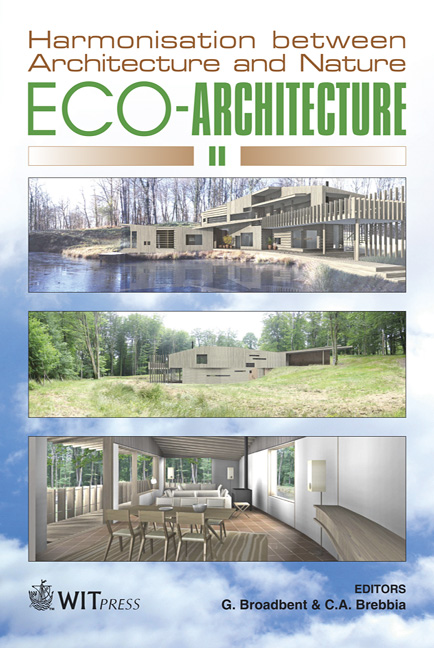Rehabilitation And Adaptive Reuse Of Historic Buildings In Poland
Price
Free (open access)
Transaction
Volume
113
Pages
9
Page Range
327 - 335
Published
2008
Size
605 kb
Paper DOI
10.2495/ARC080321
Copyright
WIT Press
Author(s)
E. D. Ryńska
Abstract
The functional and urban layout of Polish cities was, and still is, highly influenced by various economic policies. This process may be further supported by the growth of the construction investment sector, as well as globalization and participation of the corporate capital in city investments. In view of this, revitalization and rehabilitation is a very complex process, and as such, it requires application of precise and interdisciplinary procedures. Hence, when analyzing any urban city structure – its physiognomy changing within time and space, we have to include all elements such as: industrial development, inhabitants, type of existing public institutions, natural environment and human habitat. This analysis should start with the distinguishing of functional characteristics – individual features – street and square layout, existence of commercial streets and building structures with city function making elements, existence of historic zones as well as green areas. It is also quite true that these procedures develop more smoothly in cities which have maintained traditional area divisions. These areas have a historic location and must be analyzed as a single, undivided area, both from the planning as well as from the residents’ participation point of view. As a rule, an inventory of urban areas in Poland shows that even downtown there are many zones with low quality structures which should be replaced. The process of replacement allows for protection of the existing green areas, and supports the execution of harmonious complexes. This paper will be dedicated to three examples: a redevelopment of an Old Brewery complex in Poznan, a replacement of urban tissue in the center of Warsaw, and revitalization of a historic building complex located in Cracow into a hotel. Each of those cases show a different approach, yet each of them show that eco-solutions may be used within adaptive reuse of historic districts. Keywords: contemporary urban landscape, revitalization, industrial zones.
Keywords
contemporary urban landscape, revitalization, industrial zones.





